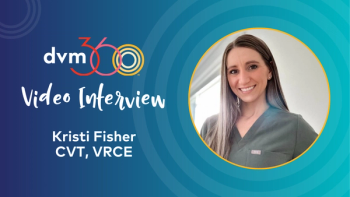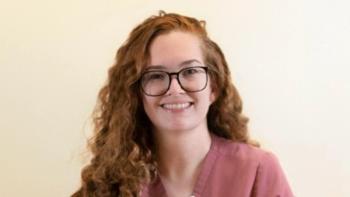
Veterinary practice manager is out of the LCSN closet
One practice manager questions his devotion to low-cost spay-neuter activism.
In no fewer than three previous blog posts (see
I've criticized veterinarians and consultants who feel it's their business to dictate what others in this industry do (or, in this case, not do). In doing so, I've been careful not to commit the same mistake I've called them out for—I have never said that LCSN should be a part of every practitioner's model, just that it's OK if they/we want it to be. In 20 years of veterinary employment I've never considered changing course and devoting my work life to the spay/neuter cause, though our practice does strongly encourage the procedure and works with every available local resource to help make it happen. I agree and have gone along very comfortably with our involvement. Until now.
Two things have caused me to wonder if there is some activist in me after all. A few months ago, two of our work-experience students from the local high school asked me to be a mentor for their joint senior project. They wanted to do something to raise awareness of pet overpopulation, spay-neuter options and so on, and they were looking for ideas. With the support of my veterinary practice owner, I suggested that we could take a single day, schedule all three of our doctors to be in the clinic, and provide free (that's right, free) cat spay and neuter procedures. With two doctors doing surgery concurrently, I felt we could easily do 20 cat spays and 50 cat neuters. There were a lot of factors to consider—how the girls would create fund-raisers to offset the cost of the procedures, but only at a level that would cover our out-of-pocket expenses; how would we ensure that only the needy were the beneficiaries of our programs; and, finally, how would we reach those pet owners who were in need.
We ended up only being able to devote one doctor to surgery, and we cut our goals for cats spayed or neutered in half (10 spays, 25 neuters). We decided that we would be happy with any level of reimbursement, not to exceed our out-of-pocket expenses, and that even with no payment it would be a great thing to do for the community. We decided quickly that a cat has no "economic status" and, while we hoped to target those clients in financial need, we would be happy to alter anyone's cat. We used Facebook exclusively to reach clients and even hung a sign in our waiting area.
We filled all of our open slots for surgery that day and the process of getting them done went very smoothly. Our local and regional newspapers both picked up the story and featured the program and our practice on their front pages—better advertising than we could ever pay for. The absolute gratitude from each and every client was truly moving—some just had no money while others had experienced economy-related job changes. At the end of the day, we also collected a waiting list over the phone of 16 more females and 10 more males that desperately needed to be altered if we could come up with a little money to get there. We will.
In addition, I still follow (through Facebook) the achievements of some folks I got to meet in Cabo San Lucas, Mexico, as they fight pet overpopulation on a daily basis. This is not some program they're participating in; it's their lives. Most people thinking about a trip to Mexico might be longing for the beach and beautiful weather—and I wouldn't mind those things—but what's on my mind is a return trip to spend some more time around people who work for something more than money and status. It's inspiring.
The last four months of my life have been spent reassessing the career choices I've made. Not the choice to work in the veterinary industry, but what my own philosophies are and whether or not they still mesh well with the practice I work for. Mostly, they do, but I have to admit that after a zillion years as a practice manager, the part of my job that is really rewarding has nothing to do with that title. I've been immersed in the dental portion of our practice for years, splitting time as a practicing CVT in that area during my "spare time," and I think I'm attracted to that so much because I can provide a direct and tangible benefit to a patient.
A few weeks ago I caught myself dreaming about using a month of my vacation to go back to Cabo—just to help with the spay-neuter clinic. I can't say it won't happen some day.
Kyle Palmer, CVT, is a practice manager at Silver Creek Animal Clinic, a mixed practice in Silverton, Ore.
Newsletter
From exam room tips to practice management insights, get trusted veterinary news delivered straight to your inbox—subscribe to dvm360.




